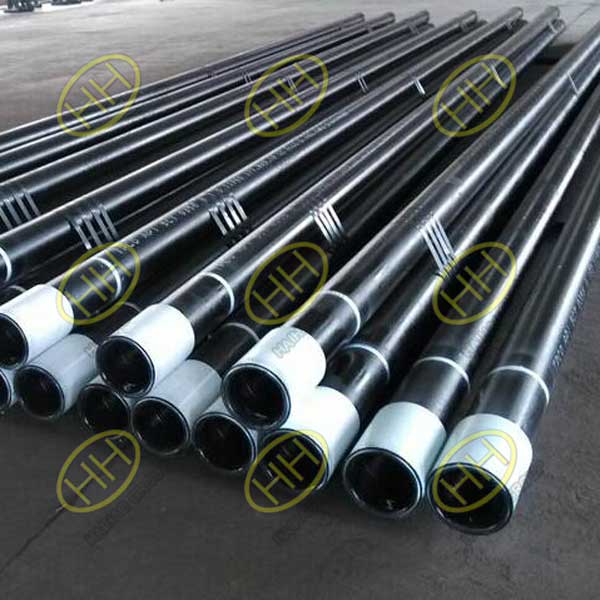Understanding steel pipe hardness testing methods
When it comes to steel pipes, understanding their hardness is essential for various applications. Steel pipe hardness is a key factor in determining their suitability for specific uses. There are several methods to assess the hardness of steel pipes, each offering unique insights into their properties. In this article, we’ll delve into three of the most commonly used hardness testing methods.

API 5CT OIL CASING PIPES
1.Rockwell Hardness Testing:
Rockwell hardness testing is a prevalent method for assessing the hardness of steel pipes. This method measures the resistance of a material to indentation or penetration. It typically employs a conical or spherical indenter and a minor load followed by a major load. The resulting indentation depth provides a hardness value, usually denoted as HRC, where “H” stands for hardness and “RC” for Rockwell hardness. This method is valuable for its rapid and non-destructive nature.
2.Brinell Hardness Testing:
The Brinell hardness testing method involves applying a fixed load to a hardened steel or carbide ball and measuring the resulting indentation’s diameter. This test is valuable for assessing the hardness of steel pipes. The Brinell hardness number (BHN) is used to express the results of this test. It is particularly useful when assessing materials with coarse microstructures.

API 5L PSL1 Grade B seamless steel pipes
3.Vickers Hardness Testing:
Vickers hardness testing is similar to the Brinell method but uses a diamond-shaped indenter. It is suitable for both ferrous and non-ferrous materials. The hardness value, represented as HV, is calculated based on the indentation’s dimensions. The Vickers hardness test is widely utilized for assessing steel pipes and other materials.
These hardness testing methods are indispensable in the steel pipe industry, as they provide valuable insights into material properties. Engineers and manufacturers rely on these tests to ensure that steel pipes meet specific hardness requirements. Hardness is closely related to a material’s strength and wear resistance, making these tests crucial for material selection and quality control in various applications.
In conclusion, hardness testing methods are vital tools for evaluating steel pipe quality and performance. Whether it’s the Rockwell, Brinell, or Vickers method, each approach provides valuable data for engineers and manufacturers to make informed decisions about their steel pipe selections. Understanding the hardness of steel pipes is a key step towards achieving reliable and safe infrastructure and industrial applications.The steel pipes produced by Haihao Group will undergo corresponding hardness testing before leaving the factory, so you can choose with confidence.
